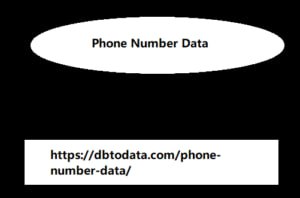There are many obstacles that risk slowing down and impoverishing the policy generation process . One of these obstacles, which is particularly insidious because it compromises long-term customer relationships, is lack of knowledge. This lack of understanding translates into rudimentary personalization of communications which in turn inevitably produces a low-quality customer experience. Insurance companies, limiting themselves to collecting basic data such as name and policy number, fail to understand the specific needs of customers and struggle to create offers aligned with their real expectations.
To face the challenge
We need tools capable of collecting more in-depth and relevant information. Solutions that allow us to extract actually useful insights from a huge amount of data and that allow us to use the insights thus obtained to carry out increasingly precise New Zealand Phone Number Data segmentation. Doxee technology builds and enhances the information assets of insurance companies by enabling the creation of two-way communications through personalized videos and interactive content. To advance the knowledge base, the first activities an insurance company must invest in are communication ones. In particular, the policy is the element that has the greatest transformative potential . And which, thanks to new technologies, goes from a simple paginated document with no dialogue possibilities to a fully interactive content.
If a company does not know its customer
It will not be able to create ad hoc communications when generating the insurance policy. You will simply customize the contents based on the Armenia Phone Number List data in your possession (such as the name of the insured, policy number, expiry). Insurance companies’ lack of consumer awareness results in rudimentary personalization and a low-quality customer experience . Insufficient understanding of individual needs and preferences hinders the ability to personalize interactions, leading to a misalignment between offers and customer expectations.







